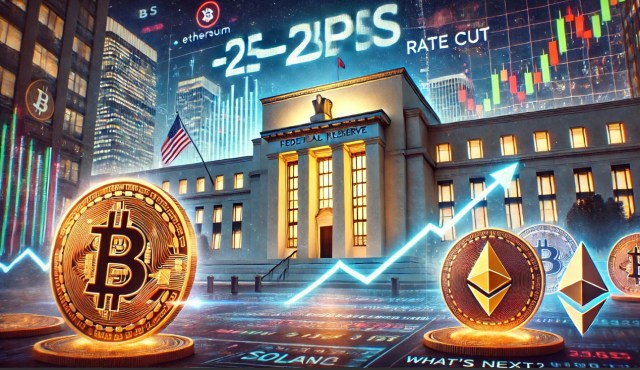Tesla is having a rough month in Europe. In Sweden, registrations of new cars collapsed by 89% in October, with only 133 vehicles recorded, according to the country’s auto manufacturers’ association.
In Denmark, registrations dropped 86% over the same period. The company is facing one of its sharpest downturns in the region this year, and it is not isolated to just two markets.
In Spain, registrations slid by almost one-third. The only place where Tesla managed to post an increase was France, where sales had crashed 47% in October last year, but saw a 2.4% surge in October this year, according to the report.
Still, though, for the first 10 months of this year, Tesla’s user registrations in France are still down 30%.
Tesla’s Model Y transition explanation has done nothing to help sales
Earlier this year, Elon Musk and other Tesla executives said the company’s weak sales were the result of changes made to the Model Y, Tesla’s most popular vehicle. They claimed production disruptions occurred as the company rolled out a refreshed design.
That explanation only goes so far now. Several months have passed since the updated Model Y started arriving in Europe, but registrations have not recovered in many key markets.
At the same time, overall electric vehicle sales in Europe are rising, which makes Tesla’s decline stand out even more. In Germany, the largest auto market in the region, battery-electric vehicle registrations grew 38% in the nine months through September.
Tesla’s sales in Germany fell 50% over the same period, based on the most recent data available.
Meanwhile, Tesla reported record third-quarter sales in the United States. That was mainly because many U.S. buyers rushed to take advantage of the $7,500 federal tax credit for EV purchases, which expired on September 30. Europe did not have the same rush, and the company faces additional factors there, including an aging product lineup and public blowback related to Musk’s political associations, including his work within the Trump administration.
Wisconsin crash lawsuit adds new pressure
Tesla is also dealing with legal fallout in the United States. A lawsuit was filed over a crash in Wisconsin last November that killed five occupants of a Model S.
According to the complaint, the passengers were alive after the collision, but they could not escape because the doors would not open as the vehicle caught fire. The suit was filed in state court on behalf of the family of Jeffrey Bauer, 54, and Michelle Bauer, 55.
A nearby resident who called 911 told authorities she could hear people screaming inside the car. A report from the Dane County Sheriff’s Office said that multiple bodies were found in the front seat, suggesting that the passengers attempted to escape.
The lawsuit states: “Tesla’s design choices created a highly foreseeable risk: that occupants who survived a crash would remain trapped inside a burning vehicle.” The complaint argues that the door handle design and the lithium‑ion battery structure posed known dangers. The lawyers claim Tesla did not take action to resolve these issues.
The sheriff’s office determined that road conditions, impaired driving, and excess speed contributed to the crash.
Even so, the family’s lawyers say the manufacturer still has a duty to ensure that vehicles provide “crashworthiness protection.” They argue that carmakers must design vehicles that allow passengers to escape quickly if a fire occurs.
The lawsuit said Tesla “disregarded these principles, instead manufacturing vehicles prone to fires that ignite and spread rapidly upon impact — and from which escape depends on electronic systems that fail precisely when escape is most critical.”
Get seen where it counts. Advertise in Cryptopolitan Research and reach crypto’s sharpest investors and builders.
Source: https://www.cryptopolitan.com/tesla-sales-plunge-89-sweden-86-in-denmark/


